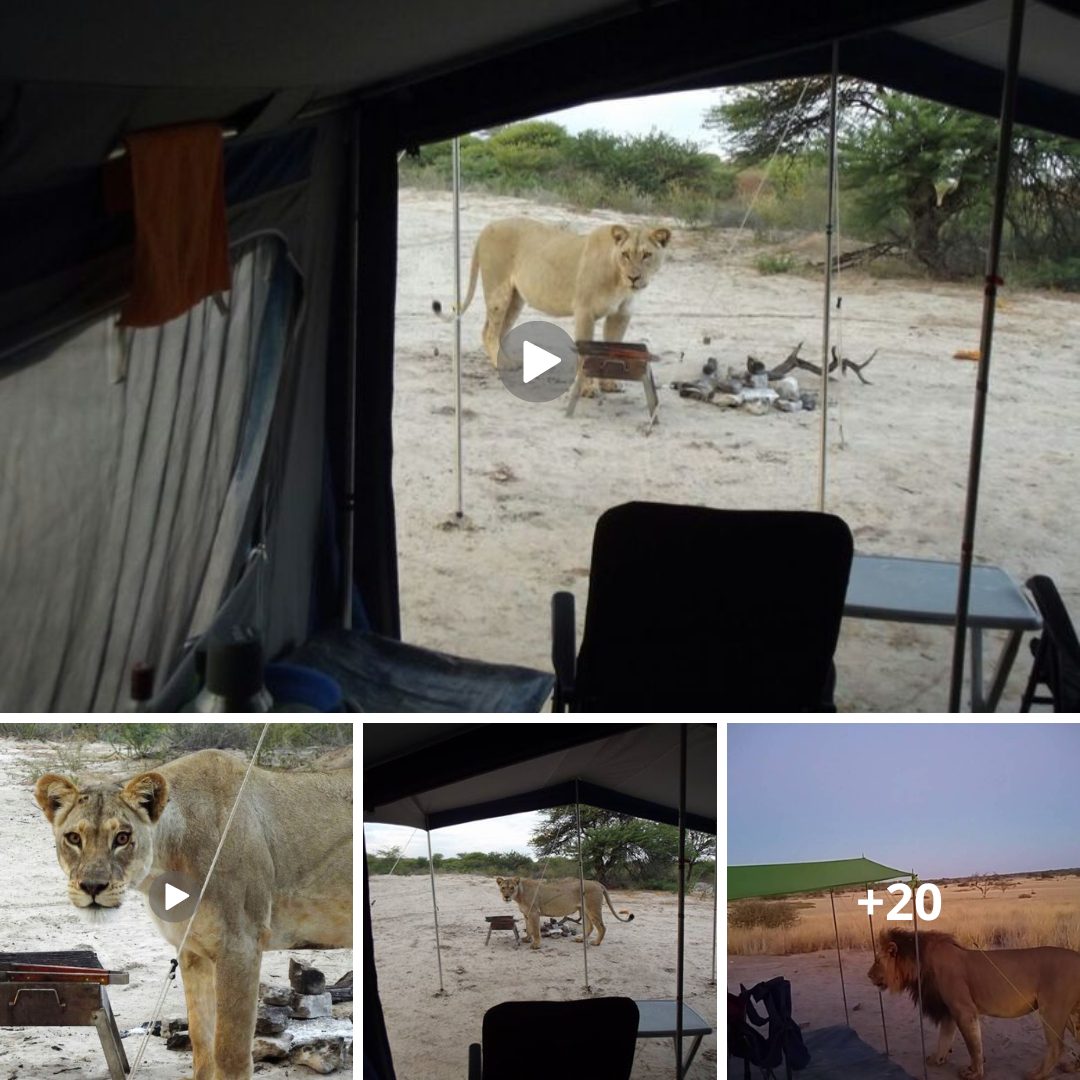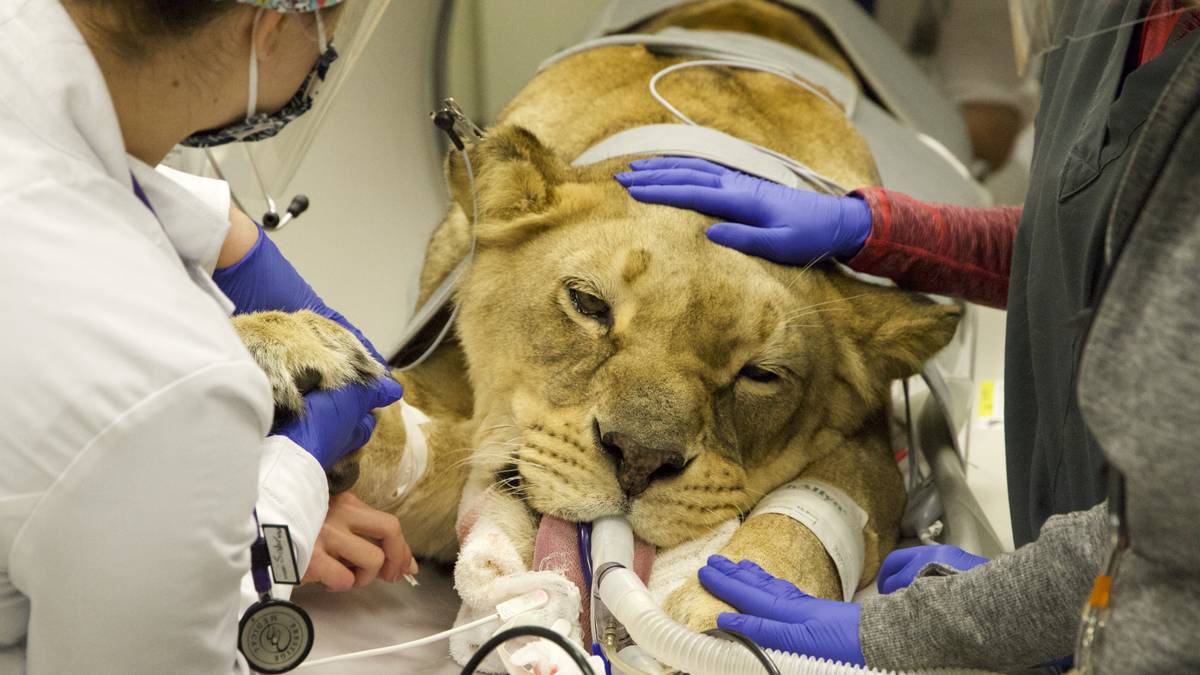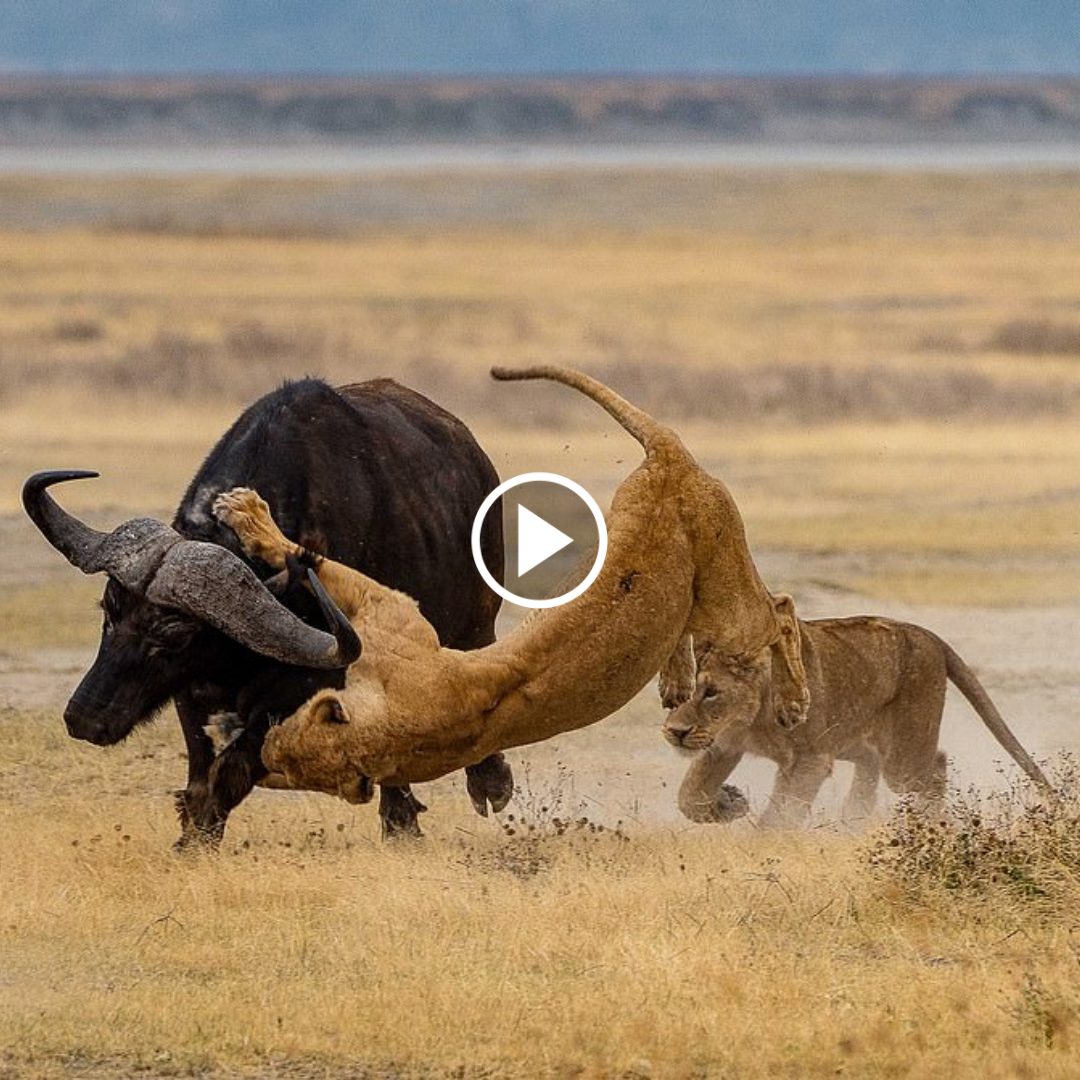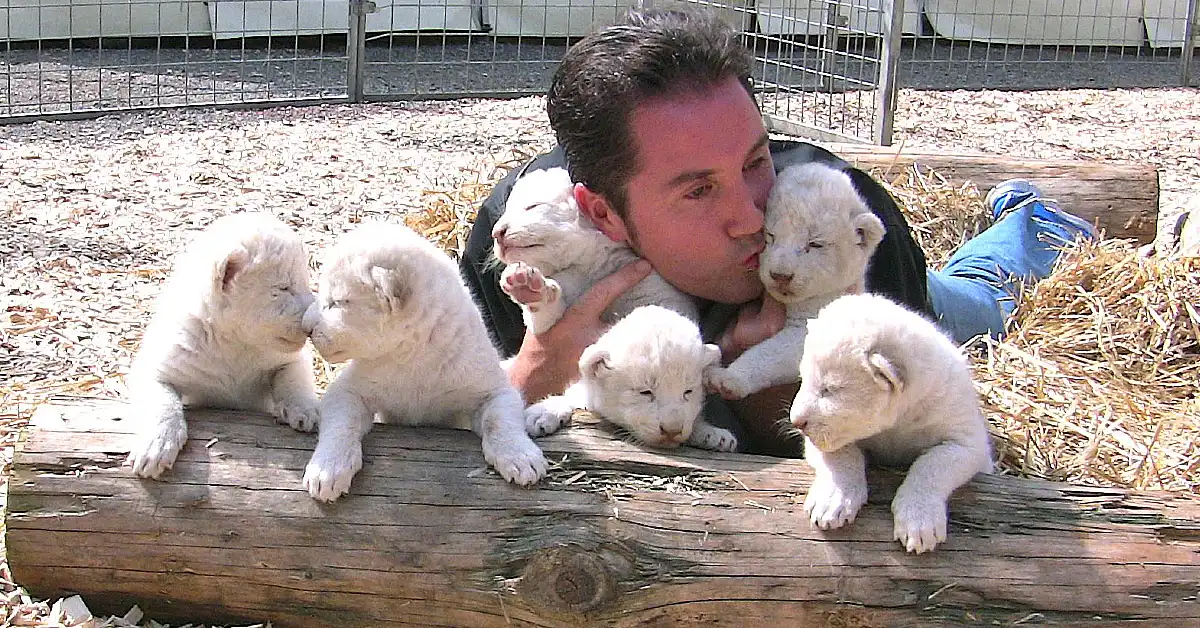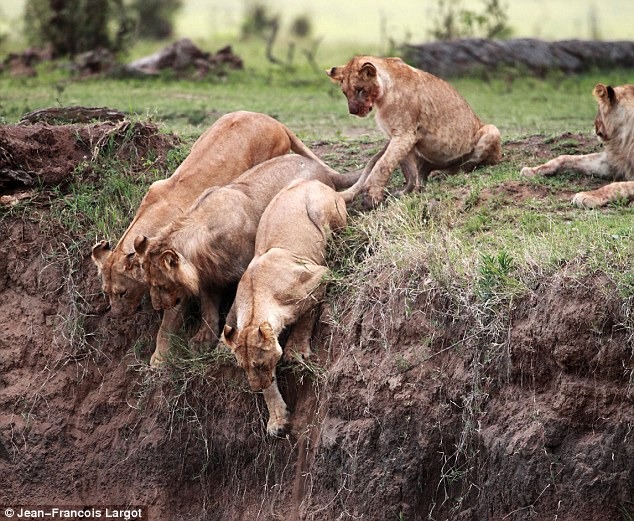
Himmie, abreviatura de gato del Himalaya, es una raza fascinante resultante del cruce entre un gato persa y un siamés. A estos gatos a veces se les llama con humor “persas vestidos como siameses”, ya que poseen el pelo largo de un persa pero cuentan con puntos de color similares a los de un siamés en sus caras, orejas, patas y colas. Los gatos del Himalaya han heredado la naturaleza gentil y tranquila de los persas y el comportamiento amigable y enérgico de los gatos siameses. Son admirados por sus llamativos ojos azules, sus adorables rostros parecidos a los de un pug y sus lujosos pelajes que fluyen como la seda. El gato del Himalaya ha ganado una inmensa popularidad entre los entusiastas de los gatos, los dueños e incluso la cultura pop. En este artículo, compartimos 20 datos interesantes sobre Himmies que quizás no conozcas.

La fascinante historia del gato del Himalaya tiene sus raíces en el cruce entre gatos persas y siameses. Mientras que muchas otras razas felinas se han creado a través del cruce de siameses debido a su apariencia atractiva y su buen carácter, el gato del Himalaya surgió gracias a la investigación genética. En la década de 1930, un investigador llamado Dr. Clyde Keeler de la Escuela de Medicina de Harvard realizó estudios sobre el gen responsable del color en los gatos. Esto se refiere a la coloración única de la cara, las orejas, las patas y la cola que se observa en gatos específicos como el siamés. Trabajando junto a la criadora de gatos Virginia Cobb de Newton Cattery, la Dra. Keeler comenzó a cruzar gatos persas con siameses. Después de numerosos intentos, finalmente produjeron un gatito llamado Newton Debutante. Este gatito tenía el pelo largo, espeso y blanco con puntos de color, una cara plana y unos impresionantes ojos azules.

Después de la Segunda Guerra Mundial, continuó la cría de gatos del Himalaya tanto en los Estados Unidos como en el Reino Unido. Margaret Goforth, una criadora de gatos estadounidense, cruzó gatos persas y siameses, y finalmente nombró a la nueva raza gato del Himalaya en 1957. Aunque estos gatos no estaban conectados con la cordillera asiática, se parecían al grueso zorro de pelo blanco y al conejo que vivían en los Himalayas. La Asociación de Criadores de Gatos de EE. UU. y el Reino Unido reconoció la raza ese mismo año. Sin embargo, en 1984, la CFA reclasificó la raza como un subcolor del gato persa. A pesar de esto, en los EE. UU., la raza todavía se conoce como Himalaya, mientras que en el Reino Unido y Europa se les llama persas. El gato del Himalaya compite en categorías de color separadas de los persas en espectáculos, y la Asociación Estadounidense de Entusiastas de los Gatos y la Asociación de Gatos Tradicionales se refieren a ellos como Himalayas.

3. Apodados “Himmies” por los dueños y amantes de los gatos, los gatos del Himalaya han tenido varios nombres, incluidos persa-siameses y Colorpoints de pelo largo, en el pasado. En Europa, ahora se les conoce comúnmente como persa del Himalaya o persa Colorpoint.
4. Despite their fluffy appearance, Himalayan cats are actually of medium size and have a strong build with big bones. On average, they weigh between 7 to 12 pounds with males being heavier. These cats have a round face, short and thick neck, and a well-rounded body. Their legs are short, and their tails are full, fluffy, and straight.

The Himalayan cat is renowned for its stunning pointed hair and distinctive face. The face of this breed is unique, with a flattened appearance similar to that of a pug dog. The head is rounded, adorned with captivating round blue eyes and pointed ears set far apart. The color of the face corresponds to that of the points, and a skin-colored nose, or “cobby,” completes the look. There are two classifications of the Himalayan cat’s face: Traditional and Exotic. The Traditional face, also known as “Doll Faced,” is rounded with a nose that is longer and lower in position. Meanwhile, the Extreme face, also referred to as “Flat Face” or “Peke Face,” is pushed in and flattened, resembling that of a Pug dog.

The Himalayan cat is known for its luxurious coat, which is the most distinctive feature of the breed. This cat was bred as a result of research on the Siamese color point gene. The end result is a beautiful cat with thick, silky long hair that is generally white or cream-colored like the Persian cat, and color points on the face, ears, paws, and tail just like the Siamese cat. Although Himalayan kittens are not born with color points, they appear as the cats mature, usually around the age of 2. Originally, there were only four color points for Himalayan cats: seal (black), chocolate, blue, and lilac. However, it was discovered through breeding and research that color points like chocolate and lilac were more challenging to present. Both parents of the kitten must have the color point gene. Today, there are 20 color points available for the Himalayan cat, including combinations. These cats have their silky tresses hanging from their body, with a ruff around their neck and frills between their ears, front legs, and toes. The fluffy and full tail of the Himalayan cat adds to its beauty.

Let’s delve further into the topic of color points. Nowadays, Himalayan cats come in a variety of 20 different color points. Although the fur on their body remains white or cream-colored, the color points on their face, ears, paws, and tails can range from black to red. The color on their face is akin to a “mask” that covers the area above their eyes, stretches across their cheeks, and down their chin. Markings on their ears extend to the tips and inside, while their paw markings reach their pads. Today, Himalayan cats are available in various color points, including seal, chocolate, blue, lilac, fawn, red (flame), silver, Tortoiseshell, Tabby, Lynx, and more.
Studies have demonstrated that temperature and enzyme production can influence the cat’s color pointing, along with genetics. Melanin produces pigmentation in the skin and fur. In conjunction with body temperature and environmental temperature, pigmentation develops in the cooler areas of the body. This explains why the color points on Himalayan cats extend from their body to their ears, paws, and tails. Furthermore, scientific research has suggested that Himalayan cats residing in cooler regions will possess darker color points than those living in warmer climates.

When it comes to the health of your Himalayan cat, there are a few things to keep in mind. Unfortunately, this breed is prone to carrying a gene that can lead to PKD or Polycystic Kidney Disease, which is also common in Persian cats. Early tests can be conducted to check if your Himalayan has this gene, and if so, it should not be bred but instead spayed or neutered. Additionally, Himalayans may also suffer from feline hyperesthesia syndrome, which is a nervous system disorder.
The flat face of your Himalayan could also impact its dental, eye, and breathing health. Regular visits to the vet and routine vaccinations are essential for your pet’s overall well-being. Providing your cat with a nutritious diet is crucial, along with access to clean water at all times. As a high-energy breed, Himalayans need plenty of exercise to burn calories. With proper healthcare, your Himalayan cat can live for an average of 8 to 15 years.

Caring for a Himalayan cat’s coat can be time-consuming, due to its double and long coat that requires daily brushing to prevent matting and keep skin and hair oils in check. Regular brushing also helps to limit shedding, which can be problematic for this breed. Luckily, the Himalayan cat enjoys being groomed and will happily lie on its owner’s lap while being brushed. In addition to daily brushing, a monthly bath is recommended to maintain the cat’s silky, shiny, and healthy coat. It’s important to note that despite grooming efforts, the Himalayan cat is not hypoallergenic and may not be suitable for individuals with allergies.

Caring for your Himalayan cat is important because of their flattened face which can lead to tear duct issues. It’s essential to wipe their face and eyes daily with a clean, damp cloth to avoid any potential buildup and clogging in the tear ducts that could cause health problems. Additionally, it’s crucial to ensure that your pet Himalayan cat receives a nutritious diet to obtain all necessary vitamins and minerals. Himalayans are typically inactive, so it’s important to prevent them from gaining weight. However, they do experience high-energy bursts and require proper calorie intake. Lastly, it’s important to always provide your Himalayan with fresh water.

In terms of personality, the Himalayan cat takes after both its ancestors, the Persian and Siamese breeds. Like the Persian, these cats are gentle and relaxed, often preferring to bask in the sun or lounge on furniture. However, they also inherit the social tendencies of the Siamese breed, enjoying the company of their family members and participating in various activities with them. Himalayan cats tend to be excellent with children, other cats, and even dogs, given early socialization. While they are friendly to visitors, they do form strong bonds with their primary owner and are known for being highly affectionate and loyal. Overall, the Himalayan makes an ideal companion and family pet.

The Himalayan cat has become a popular figure in various forms of entertainment. One of the most notable appearances was in the 1990s “Homeward Bound” films, where the character of Sassy, a sarcastic and witty feline, was voiced by Sally Field. Sassy joined forces with two dogs, Shadow and Chance, as they embarked on an adventure across America to reunite with their human family. In the “Meet the Parents” trilogy, the character of Mr. Jinx, a peke-faced seal-colored Himalayan, was intelligent enough to even flush the toilet. Ben Stiller’s character Gaylord Focker tried to cover up Mr. Jinx’s disappearance by painting another Himalayan’s tail black. The Himalayan cat has also made appearances in other films such as “Date Night” and in television shows like “Heathcliff” and “iCarly”. Additionally, the ginger-colored Himalayan named Crookshanks appeared in the “Harry Potter” series, portraying an intelligent yet grumpy character. Furthermore, the Himalayan cat has been featured in several Japanese and Korean Anime stories.

13. Popular OwnersFamous personalities have been known to take pride in their ownership of Himalayan pet cats. For instance, Martha Stewart is the proud owner of three Himalayans named Beethoven, Mozart, and Bartók, whom she has showcased on her television show “Martha Stewart Living”, in her magazine, and in advertisements for her K-Mart product line. It’s worth mentioning that Stewart has owned a total of 7 Himalayan cats. The star of “Flipping Out”, Jeff Lewis, also owns Himalayans named Monkey and Stewie, who have made appearances on his home improvement television show.
14. Entertaining CompanionsThe Himalayan cat, like its Siamese counterpart, can be quite enjoyable to be around. They are intelligent and love learning new tricks. With occasional bursts of high energy, Himalayans love to play with toys, including cat toys and plush toys, but they can also find joy in something as simple as a ball of crumpled paper. Just like Siamese cats, Himalayans can be taught to fetch. After lounging around for a while, they may suddenly exhibit bouts of energy, dashing across the room or rolling around on the floor. Overall, Himalayans make playful, entertaining companions for those who choose to share their lives with them.

Dos gatos del Himalaya han llegado a los libros de récords por sus rasgos únicos. El Coronel Meow obtuvo el reconocimiento en el Libro Guiness de los Récords Mundiales de 2012 por tener el pelo más largo entre todos los gatos, con una longitud de nueve pulgadas. A pesar de su rostro de mal humor, se convirtió en una sensación en Internet en 2012. Lamentablemente, falleció dos años después debido a una enfermedad cardíaca. Por otro lado, Tinker Toy, un punto azul del Himalaya, fue registrado como el gato más pequeño del mundo cuando alcanzó la edad de madurez a los 2 años y medio. Nacido el 25 de diciembre de 1990, medía sólo 2,75 pulgadas de alto y 7,5 pulgadas de largo. Tinker Toy, propiedad de Scott y Katrina Forbes de Taylorsville, Illinois, vivió durante seis años. Mientras tanto, Lux, una mascota familiar del Himalaya de Portland, Oregon, pesa 22 libras.

El gato del Himalaya ha mantenido su popularidad a lo largo del tiempo. Ya era muy buscada cuando se introdujo por primera vez y sigue siendo una raza muy querida hasta el día de hoy. Su encanto ha capturado los corazones de muchos dueños de mascotas, convirtiéndola en la segunda raza más popular registrada por la Cat Fanciers Association. Entre las variedades de colores persas, reina como la más popular. A pesar de que se los mantiene principalmente como animal de compañía, los gatos del Himalaya también se exhiben en competiciones en todo el mundo. De hecho, son los felinos participantes más fácilmente reconocibles en las exposiciones de gatos. Existen numerosos clubes de gatos del Himalaya en varias partes del mundo, incluido Estados Unidos.

